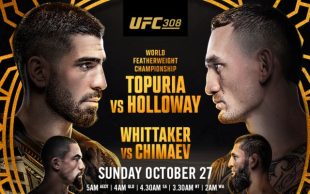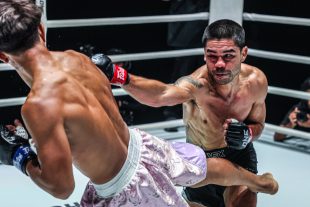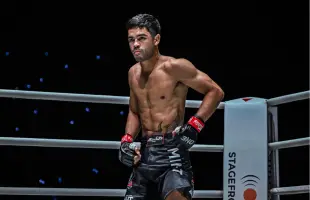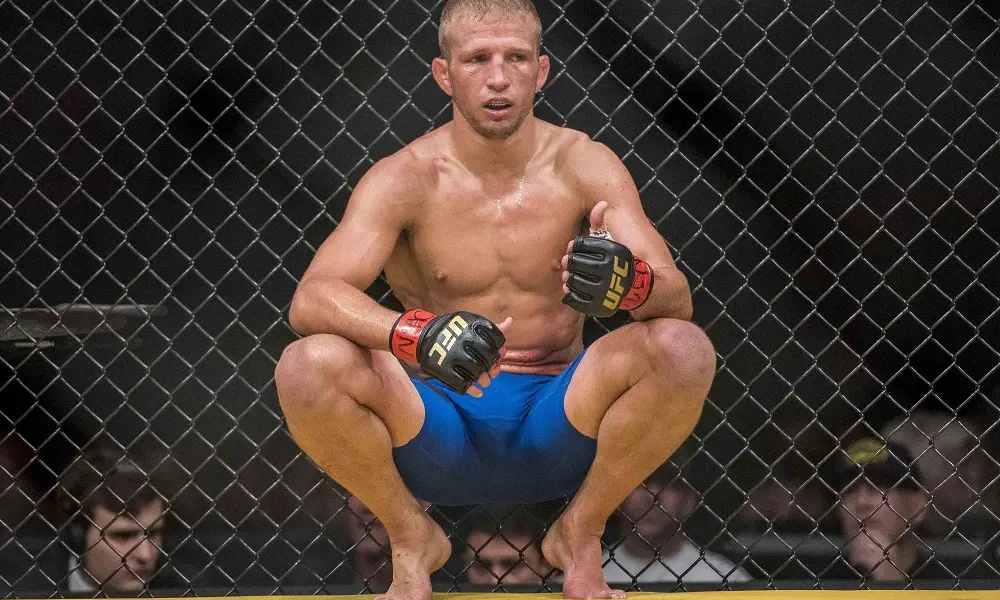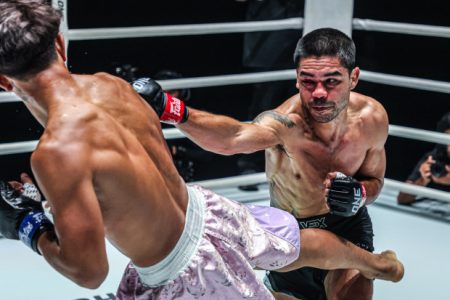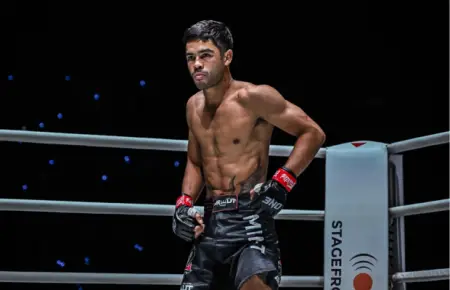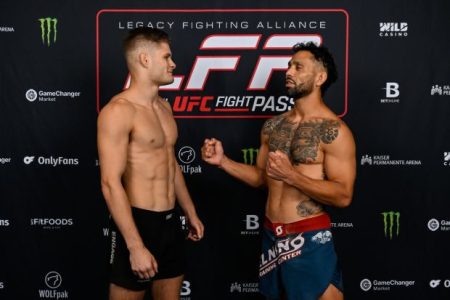Editor’s note: The views and opinions expressed below are those of the author and do not necessarily reflect the views of Fight News Australia, its affiliates and sponsors.
Given the year that MMA fans are having, it’s perhaps not that surprising that many appear to be clamouring for a “super-fight” between flyweight champion and pound-for pound king Demetrious Johnson, and former bantamweight champion TJ Dillashaw.
After all, a full five months into 2017, there have only been a handful of standout UFC cards, and if the ratings are any indication, “Might Mouse’s” last title defense against Wilson Reis failed to capture the attention of the broader fan base. Compare this year to 2016 – where the company had five events that broke one million pay per view buys – and the demand for a big fight is understandable. Especially given that it’s compensation for the loss of the highly anticipated bantamweight title fight between Dillashaw and reigning champion Cody Garbrandt, which was pulled from UFC 213 due to Garbrandt injury woes.
In light of other mainstream MMA narratives however, there is a curious double standard at play in the public support for the fight.
The obvious analogy is with the middleweight title fight between reigning champion Michael Bisping and former welterweight champion Georges St Pierre announced in March, which was met with ridicule by MMA pundits (myself included) and ultimately abandoned by the promotion following GSP’s inability to fight in July. Why, asked thousands of fans on social media and MMA forums, should a fighter from a different weight class get to cut in line of more deserving contenders? What damage would this do to the UFC’s relationship with those contenders, whose claim to a championship fight could now be unilaterally suspended when the promotion wanted to make a fast buck? What were the odds that GSP – who had assiduously avoided moving up to middleweight during his tenure as welterweight champion – was going to defend the belt if he won?
Of course the flyweight division is not nearly as talent rich as middleweight, and Ray Borg – the #4 ranked flyweight DJ was expected to face next – is about as unheralded as a championship contender can get. The fact that Dillashaw is going down in weight, rather than moving up like GSP, is also a relevant (if overstated) distinction.
But that shouldn’t change the principle. Reactionary matchmaking, especially when it disrupts divisional architecture and is done ostensibly to satisfy short-term fan interest or (more likely) the financial demands of shareholders, carries consequences.
Just like GSP probably wouldn’t have defended the 185lb strap against the likes of Yoel Romero, it’s hard to imagine Dillashaw – who’s never fought at 125lbs in MMA or in collegiate wrestling – sticking around to defend the flyweight belt if he bests DJ. It’s more likely that the division would be a pit stop before returning to his natural weight class to fight Garbrandt, depriving DJ of the record for consecutive title defences in the process.
The UFC won’t give Dillashaw the same leeway it did Conor McGregor – who won the featherweight belt in December 2015 and kept the division in limbo for 18 months before being stripped – so he’ll likely be forced to vacate after the UFC promote the hell out of the (actual) super fight for the 135lb title. This leaves a division that’s already notoriously difficult to promote without a champion, which is a pretty steep price to pay for a couple of marginally more successful pay-per-view events.
On the other hand if DJ wins, it would surely consolidate his legacy as one of greatest fighters of all time. One of the most frequently cited criticisms of his championship reign is the lack of “legends” on his win record, and beating former champion in Dillashaw would silence many of his detractors. But short of an extremely close or controversial fight, a win for DJ would likely rob us of Dillashaw-Garbrandt, a fight that the UFC has spent 10 weeks and $10M promoting on season 25 of The Ultimate Fighter. Worth it? Probably not: Fans have been salivating over that fight for months now, and it would be a catastrophe if the longstanding feud between Garbrandt Team Alpha Male gym and Dillashaw, who used to train there, isn’t settled in the octagon. There is every indication Garbrandt will be fit to compete by September, only two months after their initial fight was to take place, so why take that risk?
Another consideration that has been worryingly missing from the discussion are the health risks associated with Dillashaw dropping an additional ten pounds (7.4% of his body weight at 135lbs) to get down to flyweight. Given the UFC’s public support for measures introduced by regulators to battle extreme weight-cutting measures, it looks hypocritical for the promotion to endorse Dillashaw moving down, and if Anthony Pettis’ short-lived stint at featherweight tells us anything, it’s that there can be a high performance tax imposed on athletes that try competing below their natural weight class.
Whilst a fight between Johnson and Dillashaw is intriguing from a number of perspectives, it ultimately isn’t worth sacrificing the flyweight division or perhaps the most hotly anticipated bantamweight fight ever in Dillashaw-Garbrandt. It’s understandable that the fans demand it, but if the UFC has any regard for its long-term interests, it will resist the temptation.
